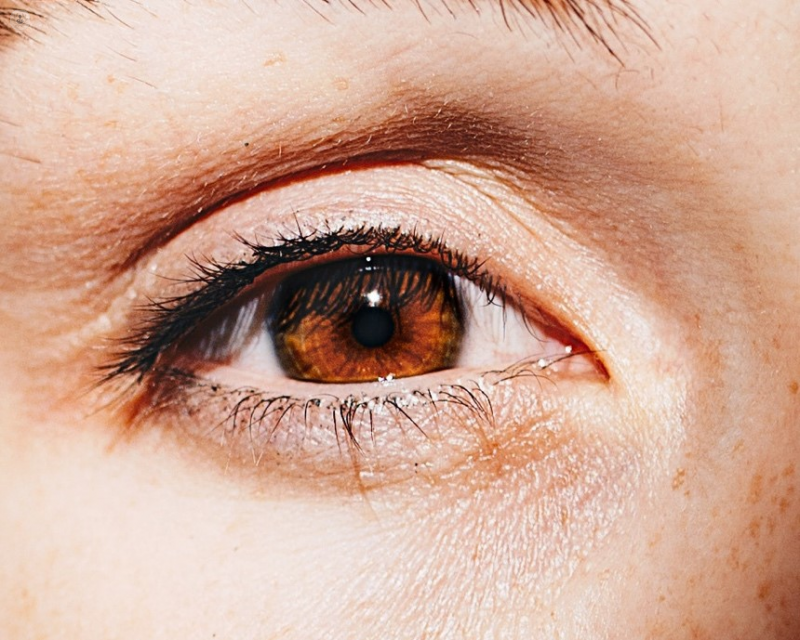Treating Meibomian Gland Dysfunction (MGD)
Written in association with:Have you been experiencing dry eyes lately? It may be a case of Meibomian Gland Dysfunction.

We spoke with the highly experienced ophthalmologist, Mr Pieter Gouws, to discuss this condition’s associated symptoms and how it can be treated with IPL or K Laser.
What are the symptoms of Meibomian Gland Dysfunction (MGD)?
Symptoms of MGD include:
Sore eyelids – both eyes usually affected
- The eyes may feel gritty, itchy or as though they are burning.
- Greasy or inflamed eyes.
- Sticky eyes with discharge which makes eyelids stick together in the mornings.
- Watery eyes.
- Scales or flakes that may appear on the eyelids and eyelashes.
- Glands may block and fill with oily fluid (chalazion).
What is Intense Pulsed Light and how is it used to treat the eye?
Most women will know IPL as treatment that removes hair. It wasn’t until 2002 that it was discovered that it’s good for treating meibomian gland disease. As well as treating Meibomian Glands, IPL also coagulate the blood vessels thereby reducing abnormal blood vessels. This also reduces the creation of free radicals which cause damage and inflammation. In addition, IPL also destroys the parasite called Demodex that may cause many of the symptoms of MGD.
With this treatment, the quality of tear film improves which greatly improves the symptoms.
IPL
- Simple and fast treatment (less than 5 min)
- 3 to 4 sessions (in one month)
- 4 shots under the lower eyelid
- Safe and effective treatment
What is K-Laser Blue Derma and how does it treat dry eye?
K laser is a more recent procedure, it was designed primarily for surgery in dermatology. It uses several pulse frequencies through dynamic stages in order to produce a combination of analgesia, reduction in inflammation, stimulation and antisepsis.
Why K-laser?
Its smaller tip (in comparison with IPL) allows application directly to the meibomian glands.
There are currently ongoing clinical trials comparing both modalities. Both treatments are well tolerated are producing excellent results, K-laser requires use of ocular shield contact lens.
How does preparation for IPL compare or differ to K-laser?
Preparation for IPL or K-laser preparation is simple. Half an hour before treatment, clean oil and makeup from around the eyes, I typically ask patients to use a moist or warm flannel for this. Gel is applied to the whole area prior to the treatment with factor 50 sunblock after treatment.
Which procedure lasts longer?
The IPL treatment is given with four or five shots and the shot itself lasts a second in duration. The K-laser last 3 minutes in duration meaning the K laser is the longest of the two.
How do recovery times compare for each procedure?
There is no real difference in recovery times, the only caution we give to patients is if you’ve had the IPL treatment, because we treat a large area of the skin and because it’s an intense light, we recommend factor 50 sunblock for five days after the treatment and a hat when they go out. This is not required when you have the K laser. Both of the treatments work extremely well.
Which of these two procedures is most recommended for older patients?
Both of the treatments work extremely well, I wouldn’t be able to pick one or the other, it’s the patients preference. If they want something that is very quick and with minimum fuss, I’d recommend IPL as it doesn’t involve the insertion of the contact lens.
How safe are these procedures?
Both are very safe. Every effort is made to ensure the eyes are protected. No treatment is given without the eyes being covered with an external shield or an internal ocular shield to protect the eyes, the only risk is that you can get a bad sunburn if you don’t follow the recommendations after an IPL sunburn.
If you are considering either IPL or K Laser to treat MGD, we recommend getting in contact with a leading ophthalmologist such as Mr Pieter Gouws. Click here to visit his Top Doctors profile today.


